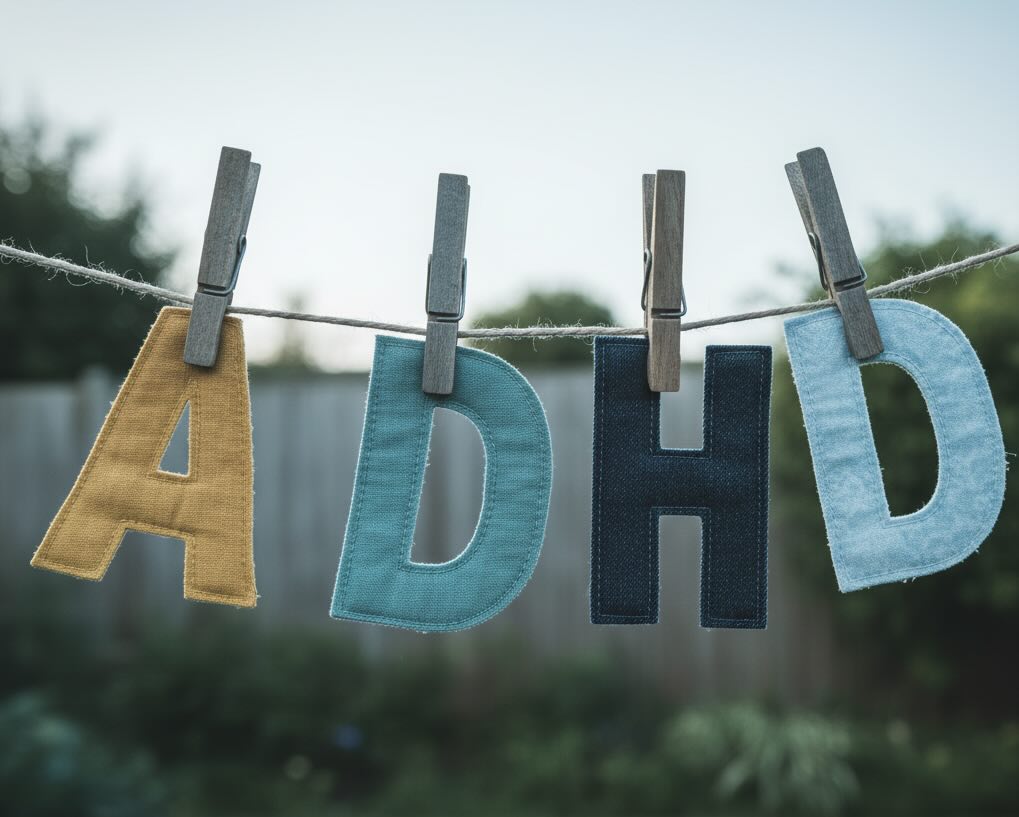What is a Specific Phobia?
Specific Phobia is an anxiety disorder that involves:
- Marked fear or anxiety about a particular object or situation, for example: flying, heights, animals, injections, seeing blood, storms, vomiting, driving, enclosed spaces
- The feared thing almost always triggers immediate fear or panic
- You actively avoid it, or endure it with intense anxiety
- The fear is out of proportion to the actual danger in your context
- It is persistent (typically 6 months or more) and causes significant distress or impacts work, study, relationships or daily life.
Common categories of specific phobias include:
- Animal type: e.g. dogs, spiders, insects
- Natural environment type: e.g. heights, storms, deep water
- Blood–injection–injury type: e.g. needles, medical procedures, seeing blood
- Situational type: e.g. flying, lifts, tunnels, driving, enclosed spaces
- Other type: e.g. vomiting, choking, loud sounds, costumed characters.
Specific phobias are widespread. Data suggest a lifetime prevalence of around 7–12%, and with higher rates in women than in men. The good news is they are also among the most treatable anxiety problems.
Specific Phobia Symptoms
Core features
- Intense fear or anxiety about a specific object or situation
- The fear response is immediate (or even anticipatory – you react just thinking about it)
- You avoid the situation where you can, or endure it with intense distress
- The fear is persistent (6+ months) and causes significant distress or interferes with life
- The fear is not better explained by another condition (such as panic disorder, OCD, PTSD, social anxiety disorder, or agoraphobia).
Physical symptoms
When you face (or expect to face) the feared thing, your body might react with:
- Heart racing, chest tightness, shortness of breath
- Sweating, shaking, flushing or feeling very hot or cold
- Nausea, “butterflies”, stomach pain, feeling like you’ll vomit or faint
- Dizziness, light-headedness, “not quite here” feeling
- Tight muscles, trembling or feeling frozen in place.
In blood–injection–injury phobias, some people have a “dip” in heart rate and blood pressure and may actually faint, which can make the phobia feel even more frightening.
How it may feel day-to-day
Specific phobias can affect much more than the brief moments of fear:
- Planning life around avoidance – choosing holidays, jobs, routes, homes and relationships to minimise contact with the feared thing
- Anticipatory anxiety – worrying for days or weeks before a medical appointment, flight, storm season, or social event where the trigger might appear
- Feeling frustrated or ashamed (“I know it doesn’t make sense, but I can’t stop it”)
- Family or friends not understanding, or unintentionally reinforcing avoidance (“We won’t go if it upsets you”)
- For some, knock-on effects: limited career options, strain in relationships, or avoiding health care due to needle or medical phobias.
When to seek help
Seek urgent or emergency medical help immediately if:
- You have chest pain, severe shortness of breath, or symptoms that could indicate a heart or breathing emergency
- You faint and injure yourself, or have repeated fainting episodes with no clear diagnosis
- There are thoughts of self-harm or suicide, or you feel you might act in ways that could seriously harm you or others.
Talk with a mental health specialist if:
- Your fear or avoidance is limiting your life (work, study, relationships, travel, health care)
- You’ve had a phobia for months or years, and it’s getting worse, not better
- You’ve tried to face your fear alone and feel stuck or overwhelmed
- You suspect you also have panic attacks, social anxiety, depression, OCD, PTSD or another anxiety disorder – these are common alongside specific phobias.
How Do You Assess for Specific Phobias?
There’s no lab test for specific phobias but it is important when using an assessment tool that it is comprehensive given the overlapping symptoms with so many other anxiety-related conditions. Formal diagnosis should therefore involve a few steps:
- Start with a broad multi-disorder mental health screen: A multi-condition tool like Loffty will:
- Flag specific fears and avoidance
- Help you express how long it has been going on and how it affects your life
- Map related symptoms like panic, general anxiety, OCD-type worries, trauma, low mood
- Share your detailed report with your GP, psychologist, psychiatrist or other mental health specialist to help them diagnose whether a specific phobia, another anxiety disorder, or a combination best fits your experience. Specialists will ask more detailed questions to formalise the diagnosis.
- Medical checks: sometimes a specialist will rule out medical causes of fainting, dizziness, palpitations or breathlessness and check safety around planned exposures (for example, for blood/needle phobia in someone with heart or blood pressure issues)
What to bring to an appointment
It can help to note:
- The specific things you fear and avoid
- How your body and thoughts react (panic, fainting, images, catastrophic predictions)
- How long it’s been happening and what has made it better or worse
- Any upcoming situations where you must face the fear (e.g. planned surgery, travel)
- Other mental or physical health diagnoses and medications.
How Do You Treat Specific Phobias?
Specific phobias respond particularly well to exposure-based psychological treatments, often in a relatively short time. Important: It’s usually best to plan exposure work with a trained clinician, especially for blood/needle, medical or driving-related fears, or if you have other health conditions.
Foundations and self-care
While exposure therapy is the main treatment, some general strategies support recovery:
- Understanding the fear cycle: how avoidance keeps fear going by preventing you from discovering that the feared disaster usually doesn’t happen
- Basic anxiety management: breathing techniques, grounding, self-soothing skills to help you stay with exposures long enough for anxiety to lessen
- Lifestyle support: sleep, regular meals, movement and reduced alcohol or drug use all help your nervous system cope with change.
Self-help CBT resources for phobias can be helpful starting points, ideally with at least some professional guidance.
Cognitive Behavioural Therapy (CBT) with exposure
CBT with graded exposure is the gold-standard treatment for specific phobias across age groups.
Key elements usually include:
- Psychoeducation: learning how anxiety works, why avoidance keeps fears strong, and how exposure changes the fear response
- Fear hierarchy: listing feared situations from “easier” to “hardest” (for example, looking at a picture of a spider → standing across the room from a spider → being in the same room without escape → closer contact, etc.)
- Graded exposure: deliberately and repeatedly facing feared situations, starting lower on the hierarchy and working upwards at a tolerable pace
- Cognitive restructuring: noticing and testing catastrophic predictions (e.g. “I’ll definitely crash the car”, “I’ll faint and never recover”) through behavioural experiments and evidence
- Between-session practice: practising steps in everyday life so gains generalise.
For many people, exposure can be brief and highly effective – sometimes delivered over 8–12 sessions, or even as a planned “one-session treatment” (OST) lasting a few hours of intensive, therapist-guided exposure.
Virtual reality and other formats
For some phobias (e.g. flying, heights, certain animals), virtual reality exposure therapy (VRET) can be as effective as real-life exposure and provide more control and safety.
Other formats include:
- Group CBT (for some types of phobia)
- Self-help CBT programmes with brief therapist support (particularly in stepped-care services).
Medication
For specific phobia alone, medication is not considered a first-line treatment. Evidence suggests:
- In vivo exposure/CBT outperforms medication-only approaches for lasting change
- Short-term use of sedatives (e.g. benzodiazepines) around exposures or flights may reduce anxiety in the moment, but can actually:
- Interfere with learning that the situation is safe
- Encourage more avoidance over time
- Carry risks of dependence and side effects.
Sometimes medication is used to treat other conditions that co-occur with the phobia (e.g. generalised anxiety, panic disorder, depression). Decisions about medication should always be made with a qualified prescriber who understands your full picture.
Specific Phobia Research
Prevalence and impact
- Large cross-national surveys find lifetime prevalence around 7–12% and 12-month prevalence around 5–9%, with higher rates in women and higher-income countries.
- Median age of onset is early (around 8 years old), and many phobias can persist for years if untreated.
- In a substantial minority, phobias cause severe role impairment, and only a small proportion receive treatment in any given year.
Specific phobia is also a risk factor for later anxiety, mood and substance use disorders, another reason it’s worth addressing rather than just living around it.
Treatment evidence
Systematic reviews and meta-analyses show:
- In vivo exposure is the most robust treatment for most types of specific phobia, with high success rates and often rapid improvement.
- CBT protocols that combine exposure and cognitive techniques are effective across different phobia types and age groups.
- Virtual reality exposure and OST (one-session treatments) show promising results and may increase access and acceptability for some people.
Long-term follow-up suggests treatment gains are generally maintained for at least a year, though more research is needed on relapse prevention and maintenance strategies.
Books and Resources About Specific Phobias
- Mastery of Your Specific Phobia: Client Workbook – Martin M. Antony, Michelle G. Craske & David H. Barlow (Treatments That Work series). A structured CBT workbook that explains specific phobias and guides you through exposure-based and cognitive techniques, often used alongside therapist support.
- Mastery of Your Fears and Phobias (2nd ed.) – Workbook and Therapist Guide – Antony, Craske & Barlow. A widely used evidence-based program for specific phobias (heights, flying, driving, blood, etc.), based on CBT and graded exposure.
- Facing Your Fears / Exposure & Habituation self-help workbooks (NHS & university services). Free CBT-based guides that show how to plan and carry out graded exposure for phobias, often designed to be used with low-intensity professional support.




